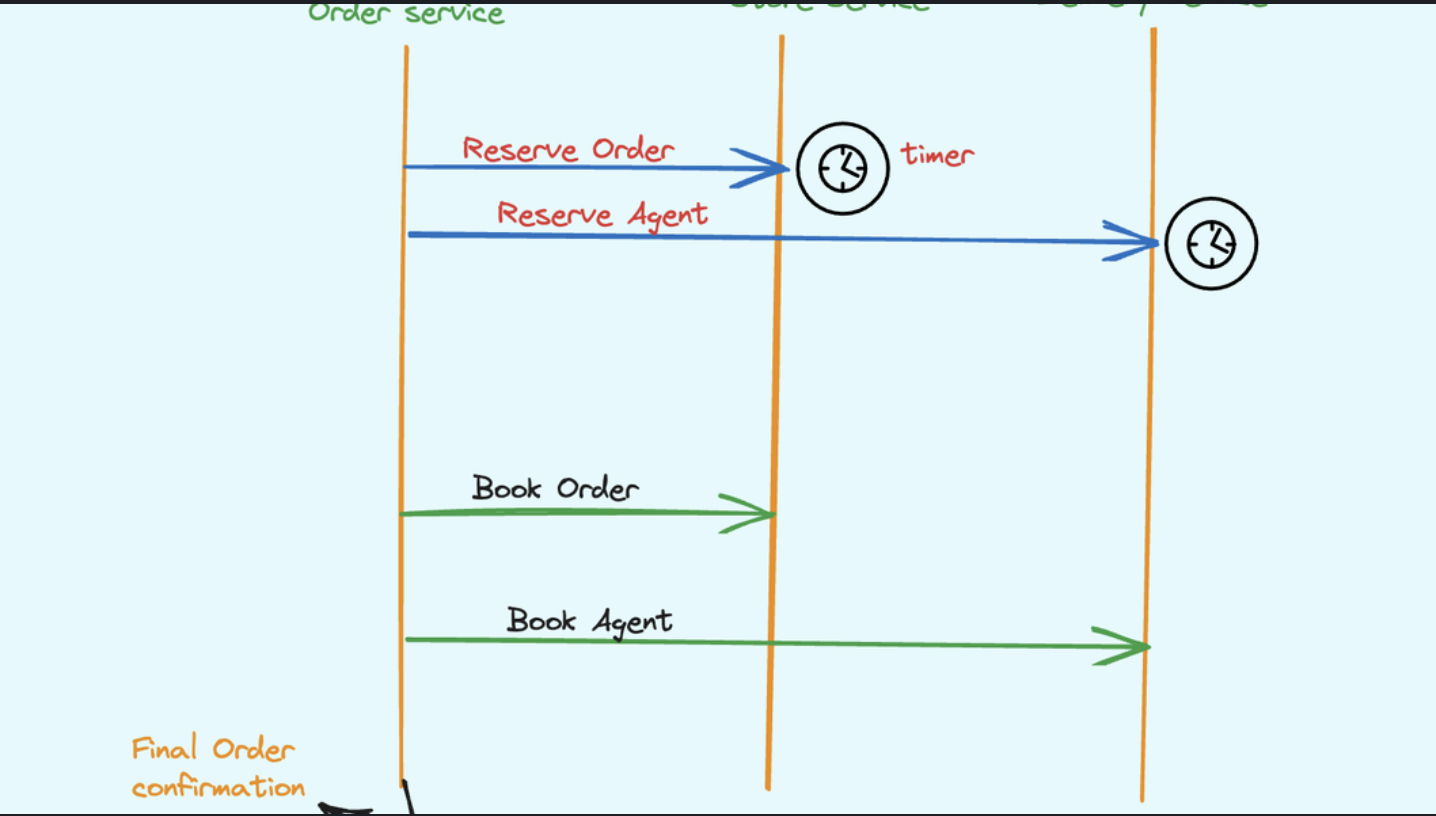An index on a SQL view is a special structure that helps the database engine quickly find and retrieve data based on specific columns in the view. It’s similar to an index on a table, but it works on the virtual data presented by the view, not the actual data in the underlying tables.
Here’s how it works:
-
When you create an index on a view, the database engine analyzes the view definition and the underlying tables.
-
It then builds a separate structure that contains the relevant data from the view, along with pointers to the corresponding rows in the underlying tables.
-
When you query the view, the database engine can use the index to quickly locate the relevant data without having to scan all the underlying tables.
Is It a good engineering …?
Whether creating an index on a SQL view is good engineering depends on the specific circumstances. It can be a good practice in some cases, but not in others. Here’s a more detailed analysis:
When is it not a good idea to create an index on a SQL view?
Rarely used: If the view is rarely used, the overhead of creating and maintaining an index may outweigh any potential performance benefits.
Complex logic: If the view involves complex logic or joins, the index may not be effective in optimizing queries.
Limited storage: If storage space is limited, the additional space required for the index may be a concern.
High update rate: If the underlying tables on which the view depends are frequently updated, the index may need to be rebuilt frequently, leading to additional maintenance overhead.
Here are some additional considerations:
Materialized views: In some situations, a materialized view might be a more efficient alternative to an indexed view.
Tuning underlying tables: Optimizing indexes on the underlying tables used by the view can also indirectly improve performance.
Testing and monitoring: It is crucial to test and monitor the performance of the view before and after creating an index to measure its effectiveness.
Advantages:
Improved performance: Indexes can significantly improve query performance by quickly identifying the desired data. In some cases, creating an index on a view can be beneficial if the view is frequently used and involves filtering or sorting on specific columns.
Reduced query complexity: By indexing frequently used expressions or calculations within the view, you can simplify your queries and make them less susceptible to errors.
Disadvantages:
Overhead: Creating and maintaining an index consumes storage space and database resources. This can potentially impact the performance of other operations like inserts, updates, and deletes. Limited applicability: Indexes only work effectively if the view involves simple filtering and sorting operations. Complex logic or joins within the view may not benefit significantly from an index. Invalidation concerns: Any changes to the underlying tables or the view definition itself could invalidate the index, requiring it to be rebuilt. This can lead to additional maintenance overhead.
Alternatives:
Materialized views: Instead of creating an index on a view, you might consider using a materialized view. This is a physical table that stores the results of the view query, enabling faster access and allowing for index creation. However, maintaining data consistency between the materialized view and the underlying tables can be complex.
Tuning the underlying tables: Optimizing the indexes on the tables used in the view can indirectly improve the performance of queries using the view. This can be a more sustainable approach compared to relying solely on a view index.
Some factors to consider when making your decision:
How frequently is the view used?
What type of filtering and sorting operations are performed on the view?
Is the performance of the queries using the view a critical concern?
Are you willing to manage the additional overhead and maintenance associated with the index?
Materialized views: In some situations, a materialized view might be a more efficient alternative to an indexed view.
Tuning underlying tables: Optimizing indexes on the underlying tables used by the view can also indirectly improve performance.
Testing and monitoring: It is crucial to test and monitor the performance of the view before and after creating an index to measure its effectiveness.
Overall, creating an index on a SQL view can be a good engineering practice, but it requires careful evaluation based on the specific context. Consider the frequency of use, complexity, performance needs, storage limitations, and update rate before making a decision.
It’s important to remember that there is no one-size-fits-all answer to this question. The best approach will depend on the specific needs of your database and applications.
By carefully analyzing these factors, you can determine whether creating an index on your SQL view is the right choice for optimizing your database performance. 💡



